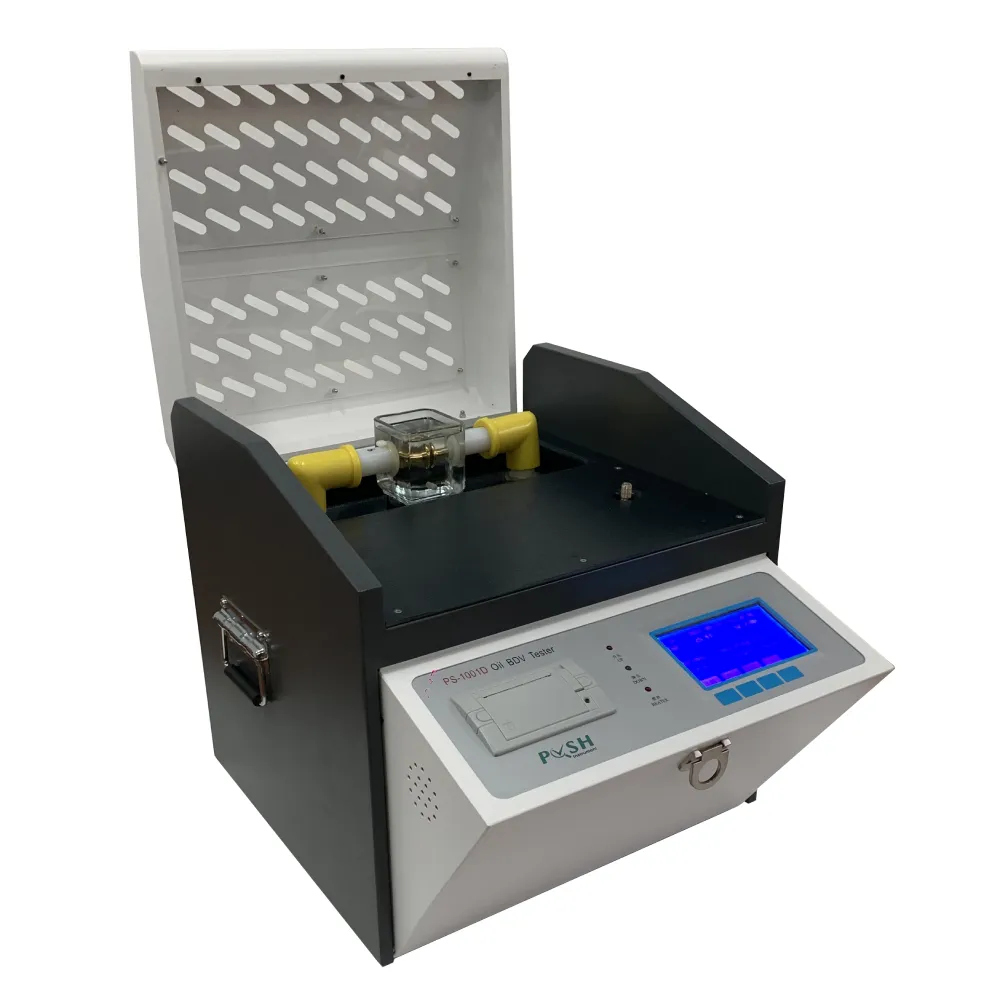 English
English


Enhancing Electrical System Reliability through Comprehensive Power Quality Monitoring Solutions
Power Quality Monitoring Ensuring Reliable Electrical Systems
Power quality monitoring is an essential aspect of modern electrical systems, playing a critical role in ensuring the reliability of power supply and the performance of electrical equipment. As our dependence on electrical devices grows, particularly in industries, data centers, and urban infrastructures, understanding and managing power quality has become increasingly important.
Power quality refers to the characteristics of the electrical power supplied to consumers and how it conforms to the standards and requirements for various applications. Factors such as voltage level, frequency, and waveform form are pivotal in determining the quality of power delivered. Distortions in any of these factors can lead to significant consequences, including equipment malfunction, reduced efficiency, and even damage to sensitive electronic devices.
To maintain high power quality, monitoring systems are employed to continuously track and analyze key parameters that define power quality. Common metrics monitored include voltage sags, surges, transients, frequency variations, harmonic distortion, and power factor. Each of these factors can adversely affect electrical systems, leading to operational inefficiencies and increased operational costs.
Voltage Sags and Surges
Voltage sags and surges are temporary drops or increases in voltage levels and can arise from various sources, such as inrush currents during motor startup or sudden changes in load. By monitoring these events, companies can make informed decisions about load management and equipment protection. Implementing effective power conditioning equipment, such as voltage regulators or uninterruptible power supplies (UPS), can mitigate the adverse effects of these fluctuations.
power quality monitoring

Harmonics
Harmonics pose another significant challenge to power quality. These are voltage and current waveforms that deviate from the ideal sinusoidal waveform due to non-linear loads, such as computers and LED lighting. High levels of harmonics can lead to overheating in electrical equipment, increased losses in transformers, and malfunction or failure of sensitive electronics. Power quality monitoring systems can identify harmonic distortion, allowing organizations to take corrective action, such as filtering or redesigning their electrical systems.
Real-time Monitoring
One of the most significant advancements in power quality monitoring is the development of real-time monitoring systems that provide immediate feedback on power quality issues. These systems can use advanced sensors and data analytics to provide insights into power quality performance and alert operators to potential problems before they escalate. This proactive approach not only helps in maintaining optimal operational performance but also enhances the life expectancy of electrical equipment.
Conclusion
In conclusion, power quality monitoring is a crucial discipline that ensures the efficient and reliable functioning of electrical systems. By continuously analyzing various power quality parameters, organizations can protect their investments in equipment and minimize downtime caused by electrical disturbances. As technology continues to evolve, the integration of smart sensors and advanced data analytics will further enhance our ability to monitor and improve power quality. Ultimately, investing in comprehensive power quality monitoring solutions is essential for any organization that relies on stable and efficient electrical systems, safeguarding against potential challenges and promoting operational excellence.
-
Differences between open cup flash point tester and closed cup flash point testerNewsOct.31,2024
-
The Reliable Load Tap ChangerNewsOct.23,2024
-
The Essential Guide to Hipot TestersNewsOct.23,2024
-
The Digital Insulation TesterNewsOct.23,2024
-
The Best Earth Loop Impedance Tester for SaleNewsOct.23,2024
-
Tan Delta Tester--The Essential Tool for Electrical Insulation TestingNewsOct.23,2024





